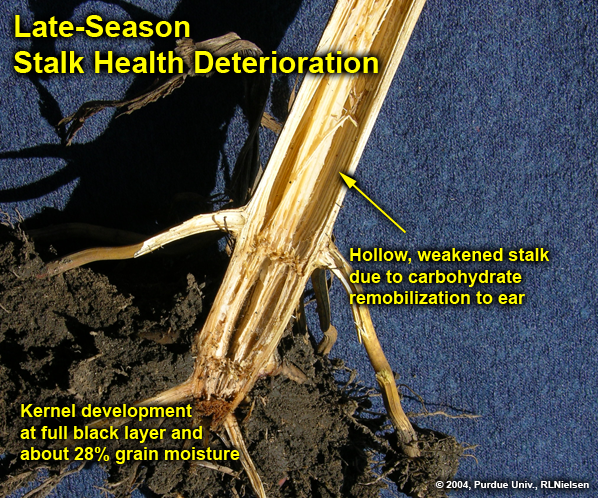
Serious crop stress during the grain filling period of corn increases the risk of stalk rots and stalk lodging (breakage) prior to grain harvest.

Serious crop stress during the grain filling period of corn increases the risk of stalk rots and stalk lodging (breakage) prior to grain harvest.
Corn is often harvested at grain moisture contents higher than the 15% moisture typically desired by grain buyers.

The time has come to start scouting corn for ear and stalk rots. This will aid in making assessments about field harvest order and if there is a risk of mycotoxin contamination.
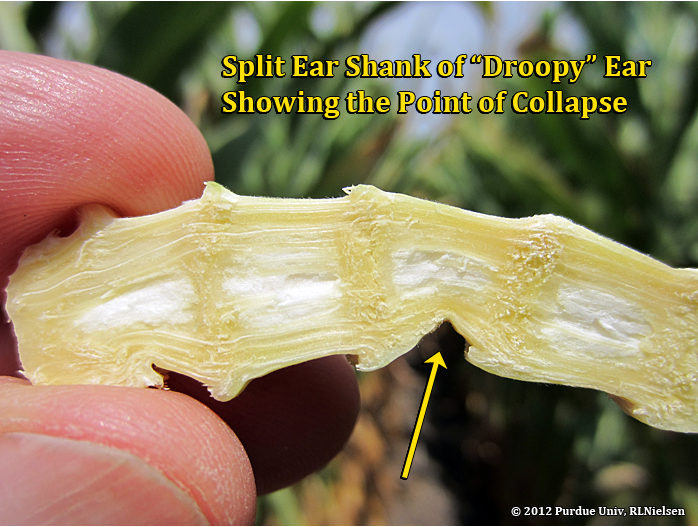
Droopy ears are cute on certain breeds of dogs, but droopy ears on corn plants prior to physiological maturity are a signal that grain fill has slowed or halted.
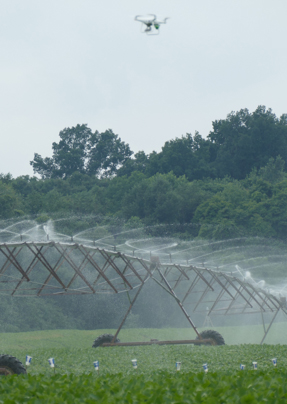
Before you put the pivot away for the season, use a camera or drone video of pivot water patterns and pipe leaks to greatly help winter irrigation repairs.

CBD hemp harvest is underway for some growers, while others expect to harvest all the way into October.
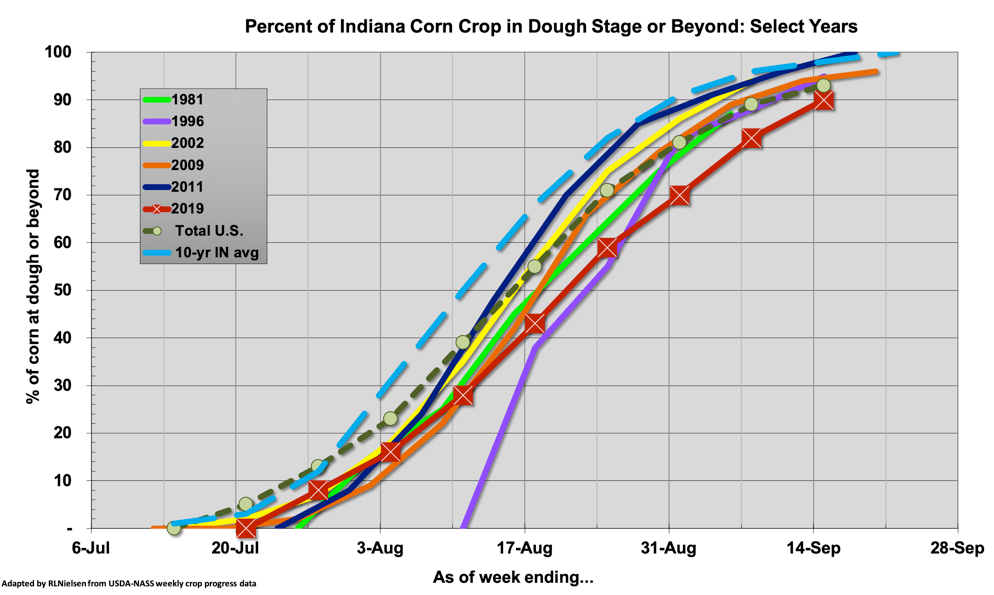
Given the near record late planting of the 2019 Indiana corn crop and the continuing agony of delayed development of the crop, much of the coffeeshop talk down at Cecil’s Corner Cafe in recent weeks has centered on the risk of the late crop not maturing before a light frost damages the crop or an outright lethal freeze (28F) kills the crop.
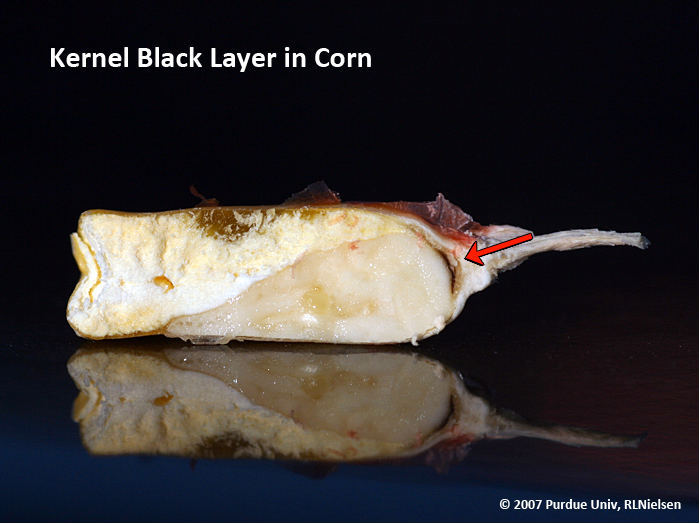
Delayed planting of corn in the upper Midwest often increases the risk that the grain will not mature prior to a killing fall freeze. Physiological maturity occurs near the time the so-called “black layer” develops at the tips of the kernels where they connect to the cob (Nielsen, 2019a).
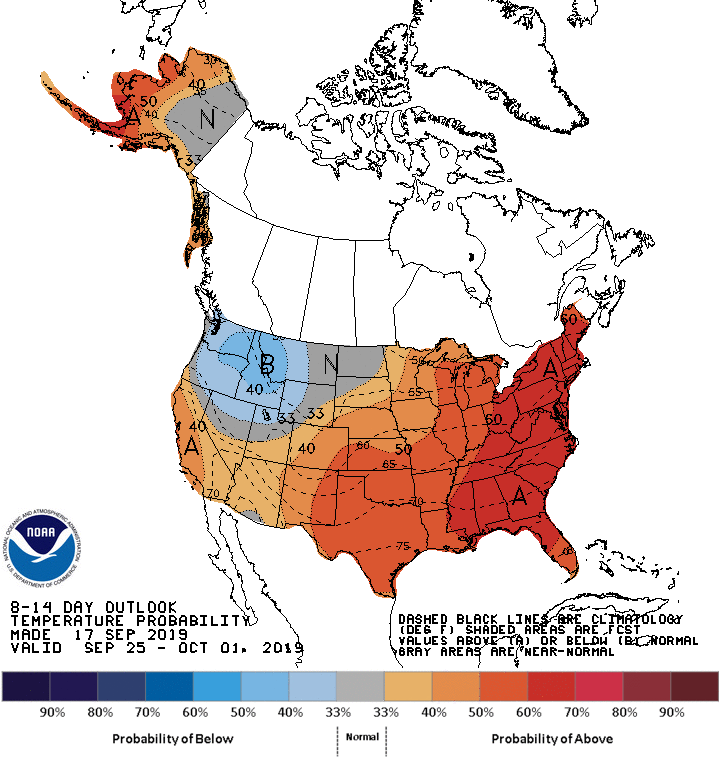
Warmer and wetter than normal. That’s the climate outlook through the end of this month.
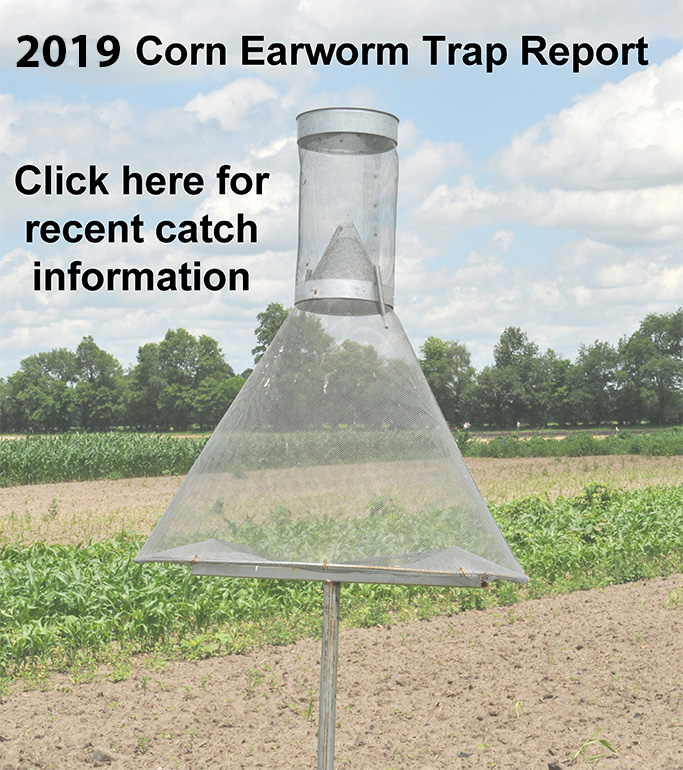
2019 Corn Earworm Trap Report
© 2024 Purdue University | An equal access/equal opportunity university | Copyright Complaints | Maintained by Pest&Crop newsletter
If you have trouble accessing this page because of a disability, please contact Pest&Crop newsletter at luck@purdue.edu.